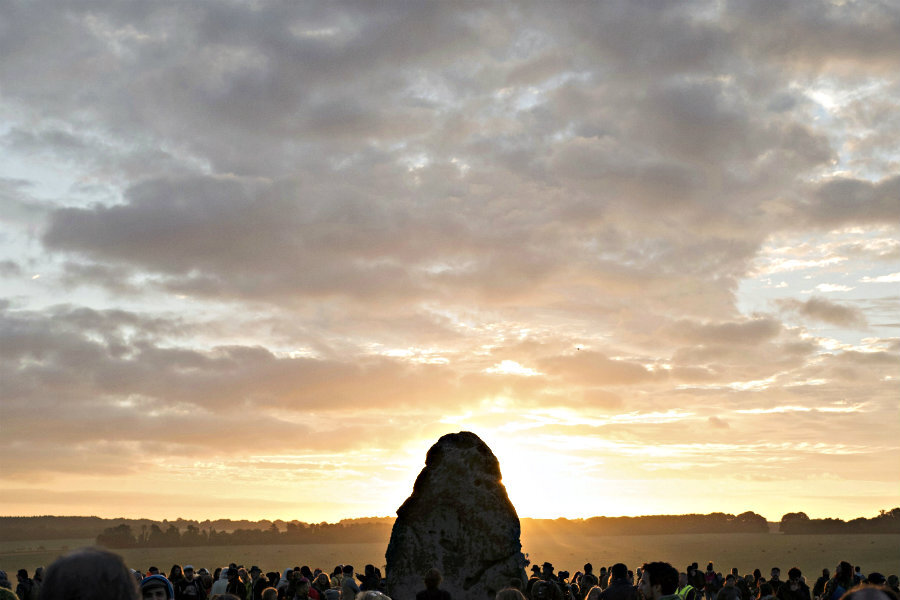'Strawberry moon' marks this year's summer solstice
Loading...
Summer is here! Most schools are already out for the summer, but at 6:34 p.m. yesterday evening, Eastern time, the advent of the summer solstice made it official.
Two solstices occur in the Northern Hemisphere each year, the summer and winter solstice: when the North Pole is tilted the most towards the sun, and away from it, respectively.
Because the summer solstice occurs when the North Pole is tilted most towards the sun, the sun reaches its highest point in the sky on that day, which usually occurs around June 21 each year. From now on, days will only get shorter as we travel toward the winter solstice on Dec. 21.
The summer solstice is always a special event, but yesterday’s solstice was unique in that it coincided with another rare cosmic event.
June's full moon is called the "strawberry moon," in reference to its occurrence at the peak of the strawberry harvest season, according to the Farmer's Almanac. And it hasn't occurred since 1967, making it a nearly once-in-a-lifetime occasion.
"Having a full moon land smack on the solstice is a truly rare event," said Slooh astronomer Bob Berman in a statement.
During a summer solstice, the moon hangs low. "This forces its light through thicker air," Dr. Berman wrote for the Farmer's Almanac, "which also tends to be humid this time of year, and the combination typically makes it amber colored."
For this reason, the strawberry moon is also sometimes called the "honey moon," the "mead moon," or the "rose moon."
The solstice has had ritual significance to many cultures throughout history, particularly ancient cultures that were highly conscious of cosmic rhythms.
The ancient Egyptians, for example, had the summer solstice in mind when they built the Great Pyramids at Giza. A person standing at the Sphinx would be able to watch the sun set on the summer solstice between the Pyramids.
The Inca people of South America celebrated the solstice with sacrifices. And the Mayan people likely watched the skies on solstices, too, based on archaeological finds of an observatory in Guatemala, according to National Geographic.
Most famously, ancient Britons may have celebrated the summer solstice (or Litha, the pagan festival that celebrates the sun's standing still) at Stonehenge, beginning around 4,000 years ago.
On Monday, 12,000 modern Britons attended the solstice at Stonehenge, in Wiltshire, England – about half the amount who attended last year, likely because the solstice occurred on a weeknight.
While many see solstice celebrations as a remnant of the pagan past, some say that they can still play an important role in modern culture.
"Paying attention to the solstices is a way of teaching mathematics, celestial mechanics and astronomy and culture and history," Jarita Holbrook, a cultural astronomer at the University of Arizona, told the National Geographic. "It is also a pretty good party."








